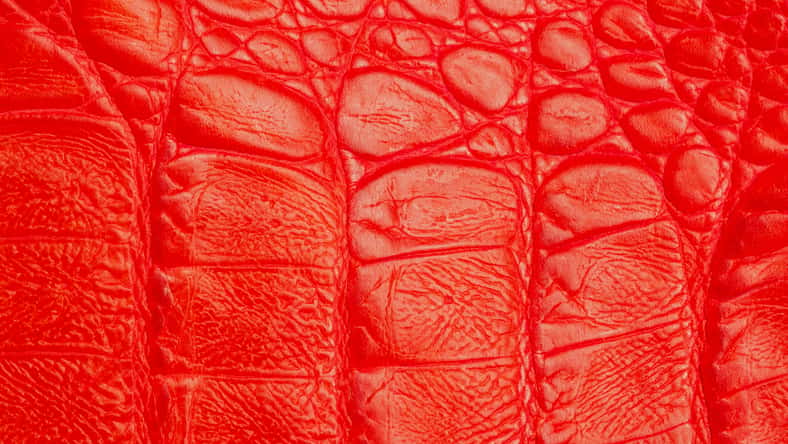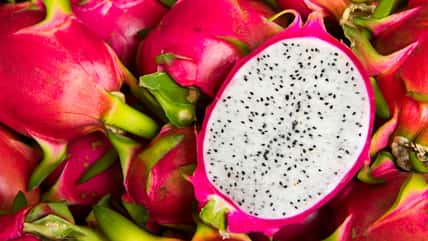Crocodile Leather Has Kept On Selling Even Though Fur Has Fallen Out Of Favor Over Animal Welfare, But It Looks Like That’s About To Change

There are 21 saltwater crocodile farms across northern Australia, and they are home to around 130,000 crocodiles.
Their skins are turned into crocodile leather, which has long been used for luxury handbags, belts, and other high-end items.
Over the years, fur has become unpopular due to concerns about animals that are raised for their skins, like mink, chinchillas, and Arctic foxes.
However, crocodile leather has continued selling. Australia makes up most of the global market for saltwater crocodile skins, producing nearly 60 percent of all skins traded internationally.
But now, the industry is facing a decline as many major retailers in Australia and around the world are turning away from crocodiles and other exotic skins because of growing concerns over animal welfare. Some are even going so far as to ban them altogether.
In the 19th century, early animal activists focused on feathers. Plume hunters caused severe environmental damage by killing ostriches and egrets for their feathers. Later, activists paid more attention to fur.
In the early 20th century, countries like the United States and Britain established bans and restrictions on feathers. Nowadays, people are against wearing real fur, but faux fur and vintage fur are still popular.
Even as feathers went out of style, new animal products became fashionable. By 1928, exotic skins such as alligator, crocodile, and snake began commercialization in the U.S. and Europe. By the 1970s, they were all the rage in fashion.
That is all changing in modern times.

Sign up for Chip Chick’s newsletter and get stories like this delivered to your inbox.
By 2026, the department store David Jones will phase out all exotic skins, including alligator, crocodile, lizard, snake, and ostrich.
The company already prohibits the sale of fur, angora rabbit wool, and foie gras (duck or goose liver) through their existing animal welfare policies.
In addition, the 2025 Melbourne Fashion Festival will ban exotic feathers. The kangaroo leather industry has also come under pressure in recent years. California has banned it altogether, and a full ban in the U.S. is being considered.
These decisions highlight an increasing move toward ethical fashion, fueled by consumer demand and greater awareness of animal welfare.
Even though saltwater crocodiles are native to Australia, crocodile leather is still described as an “exotic” skin. About two-thirds of Australia’s skins originate from the Northern Territory.
Crocodile farms harvest eggs from the wild and raise the animals in captivity. They are protected from hunting in the wild, but they lose these protections on farms because they are legally considered stock or production animals.
Saltwater crocodiles were nearly driven to extinction in Australia due to hunters. Between 1945 and 1970, an estimated 300,000 crocodiles were killed for their skins.
Their populations dropped to 3,000 before authorities finally intervened. Freshwater crocodiles were also hunted for their skins from 1959.
Both species were granted protection in the 1970s, which led to their populations rebounding. Crocodile farming started in the Northern Territory in 1979.
By 2018, the industry was worth A$26.7 million. Each year, around 100,000 juvenile crocodiles are raised on farms.
The crocodile farming industry has come under major scrutiny in recent years, which has impeded its growth. More and more consumers are becoming less comfortable with animal-derived products and opposing the practice.
More About:News





